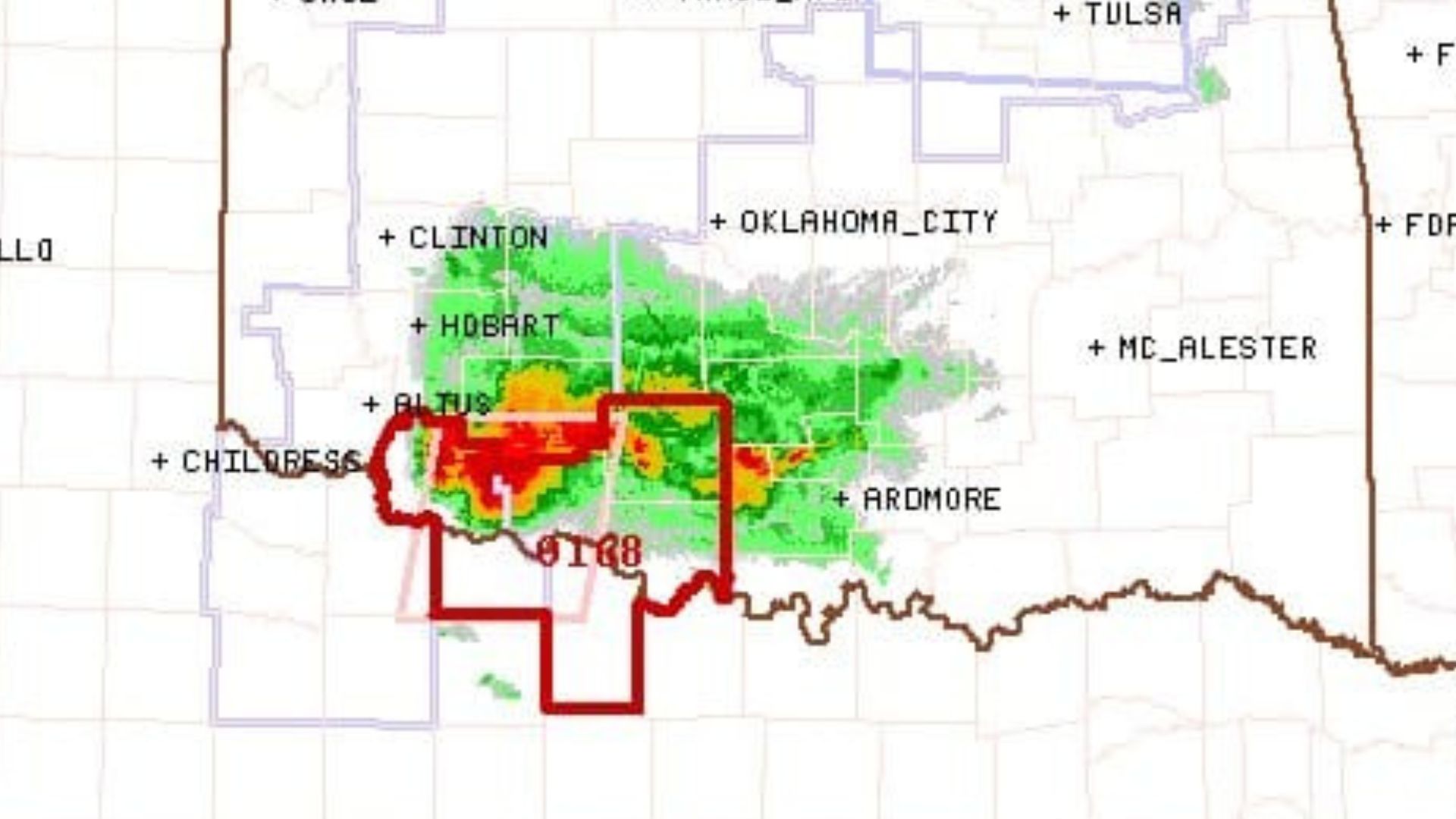Processes, Vol. 11, Pages 3247: A Novel Hybrid Deep Learning Model for Forecasting Ultra-Short-Term Time Series Wind Speeds for Wind Turbines
Processes doi: 10.3390/pr11113247
Authors: Jianzan Yang Feng Pang Huawei Xiang Dacheng Li Bo Gu
Accurate forecasting of ultra-short-term time series wind speeds (UTSWS) is important for improving the efficiency and safe and stable operation of wind turbines. To address this issue, this study proposes a VMD-AOA-GRU based method for UTSWS forecasting. The proposed method utilizes variational mode decomposition (VMD) to decompose the wind speed data into temporal mode components with different frequencies and effectively extract high-frequency wind speed features. The arithmetic optimization algorithm (AOA) is then employed to optimize the hyperparameters of the model of the gated recurrent unit (GRU), including the number of hidden neurons, training epochs, learning rate, learning rate decay period, and training data temporal length, thereby constructing a high-precision AOA-GRU forecasting model. The AOA-GRU forecasting model is trained and tested using different frequency temporal mode components obtained from the VMD, which achieves multi-step accurate forecasting of the UTSWS. The forecasting results of the GRU, VMD-GRU, VMD-AOA-GRU, LSTM, VMD-LSTM, PSO-ELM, VMD-PSO-ELM, PSO-BP, VMD-PSO-BP, PSO-LSSVM, VMD-PSO-LSSVM, ARIMA, and VMD-ARIMA are compared and analyzed. The calculation results show that the VMD algorithm can accurately mine the high-frequency components of the time series wind speed, which can effectively improve the forecasting accuracy of the forecasting model. In addition, optimizing the hyperparameters of the GRU model using the AOA can further improve the forecasting accuracy of the GRU model.

 5 months ago
27
5 months ago
27


